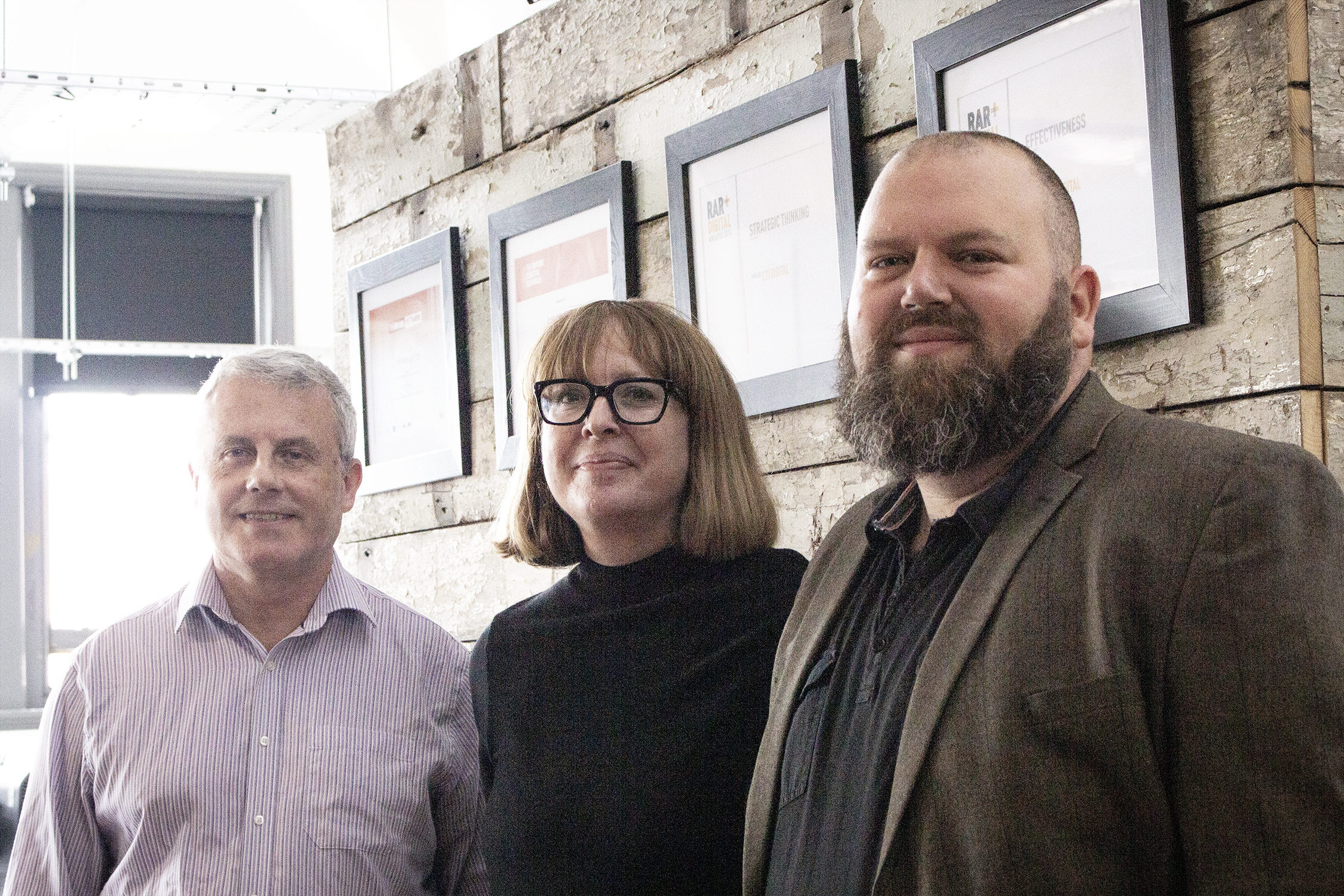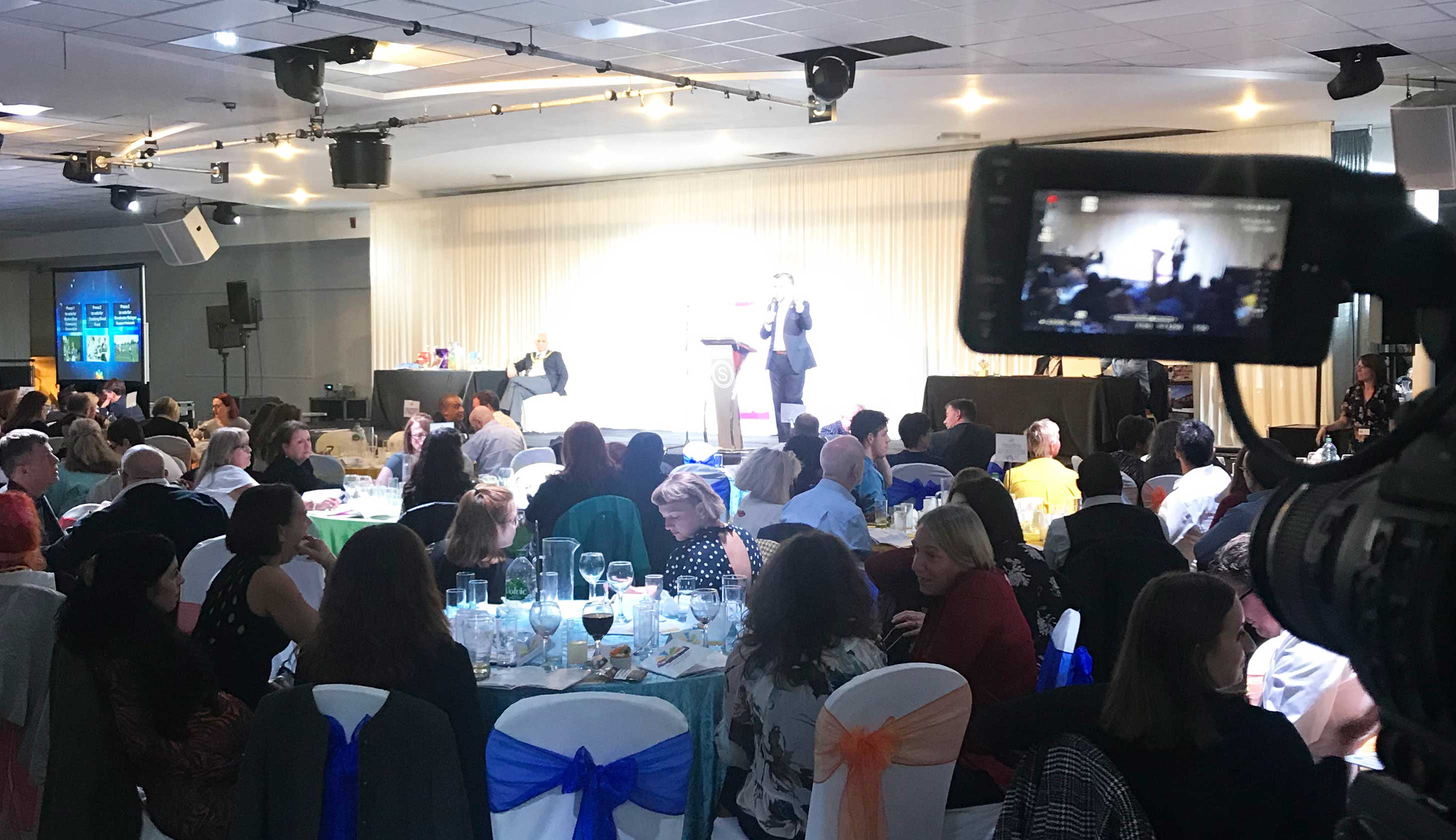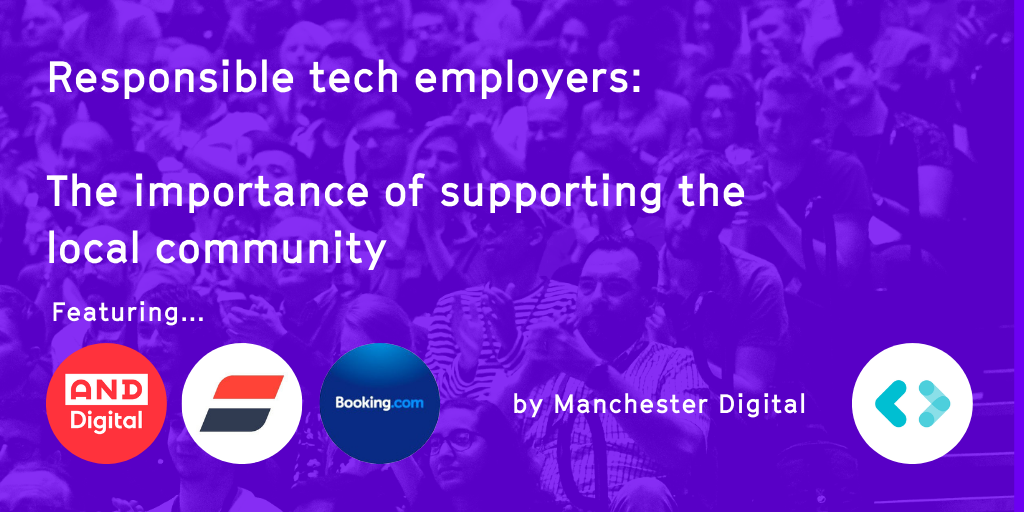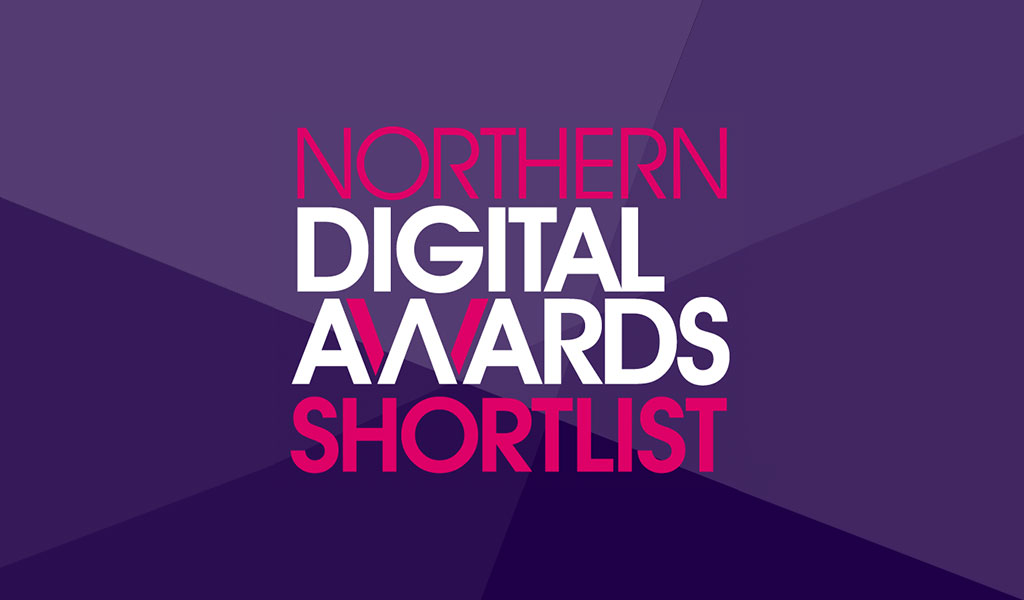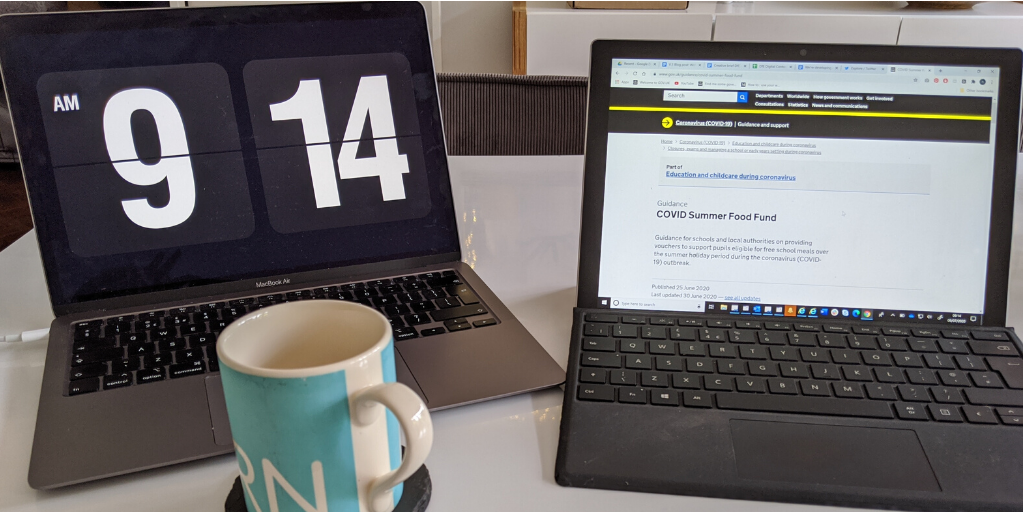
Patrick Taylor, Senior content designer, DfE Digital
I’m a senior content designer: I use the written word to help people find the information they need to get things done on the web.
Like everyone else I have my own ideal ways of writing content. I like to take my time, sit and ponder the tricky bits while drinking a brew, do a few drafts, ask people I trust to read it, print things out double spaced and get the red biro on it.
However, like many others I’ve had to adjust to working from home on a long-term basis. I also changed teams to work on content for parents supporting their children’s learning during coronavirus (COVID-19). This meant producing considerable amounts of content at high speed, in a different environment, using different methods.
So, what do you do when everything is turned on its head, you cannot work in your usual way and time pressures make it difficult to follow content design principles to the letter.
The methods I’m sharing here are ones I’ve used to get content published quickly while maintaining quality. I’m not saying that these are the best techniques for writing content or that you should use them every day. They’re things you can try if you’re writing content when the pressure’s on and you have a deadline to meet no matter what.
Get honest advice early and often
I usually like to have a workable draft of content before I start sharing my work. However, when time is a factor it can be better to invite views earlier, if only to confirm that you’re heading in the right direction.
Be upfront about where your content is in the process and be clear about what you want. If there’s something you want a specific answer to, put a comment on the document saying so.
For instance, ask:
- policy colleagues to add comments and tell you if something is wrong
- user researchers to tell you if there are user needs that you have not met
- someone to check the basics (does it read well? And does it make sense?)
If you need an answer to a question, ask. It may be in the documentation produced by your user researchers and business analysts. But if you do not have time to read it all right now, or if you’ve forgotten something said at a playback (or feedback) session, be honest about it. Getting the answer is more important than your embarrassment. We cannot be expected to remember everything and content design should be a collaborative process.
It may be against your instinct, but ask your colleagues to make some content decisions for you, especially if those decisions are blocking you. If you have 7 hours to write content that would usually take you 3 days, then you do not have time to sit and ponder. For example, if you cannot decide how to structure a piece, let someone you trust decide for you. Your decisions may be flawed anyway because you have too many things to consider. Just be clear about what can be changed and what cannot.
Make it easy to collaborate
Use a Google doc or something similar for writing your content. It will allow you to work collaboratively. Do not sit waiting for feedback. You can see and act on comments as they’re added, or jump on a call and work on content collaboratively.
But tell people to add comments, rather than edits. Reworking edits made by others can be time consuming and may put them off helping. Only allow suggestions or edits from people who are proofreading.
Trust your instinct
You may not always have access to the amount of testing or peer review that you'd like. The tried-and-tested approaches of research, testing and analysis gives content design a scientific feel. But writing is an art too. It relies just as much on the writer’s instinct and feel for the written word.
You write for a living. You know what you’re doing. Use your experience and take a few educated guesses on what will work. You’ll probably be on the right track.
Decide the structure later
If deciding the structure is blocking you, forget about it. Just get writing. If you know the pieces of information you need to get across, write them as their own sections and put it together later.
You may find that structure will come through the act of writing anyway. You may write the things most important to the user first, or put a process in order naturally.
If something works, reuse it
Did your last piece of content on the subject work well? Take some of your structure and wording from that. When writing content about secondary school children I took the primary school content as my starting point and adapted it from there.
Not got content of your own you can borrow from? Borrow from someone else’s. GOV.UK is one site with one voice. There’s no point reinventing the wheel and consistent messaging has its benefits. And of course, always check for content that you can link to rather than write something yourself.
Don’t write things that will not get published
Some content can end up having to be approved by a lot of people, all with their own views and concerns. If you think some wording is unlikely to get approval, even if it’s the perfect piece of content, do not let pride get in the way. Resist spending time and effort trying to push it through.
Fight your corner on really important things, sure, but remember content that does not get published is no use to anyone.
Fix things later
If the choice is between getting the content published by the deadline, or doing a third draft to really polish it, then the deadline is going to win.
However, that does not mean you cannot have that third draft later, after publication. Getting approval to first publish government content on an issue of national importance is a complicated process. But getting approval to polish and improve content that’s already published is nowhere near as difficult, so come back to it tomorrow.
Follow Patrick on Twitter.
